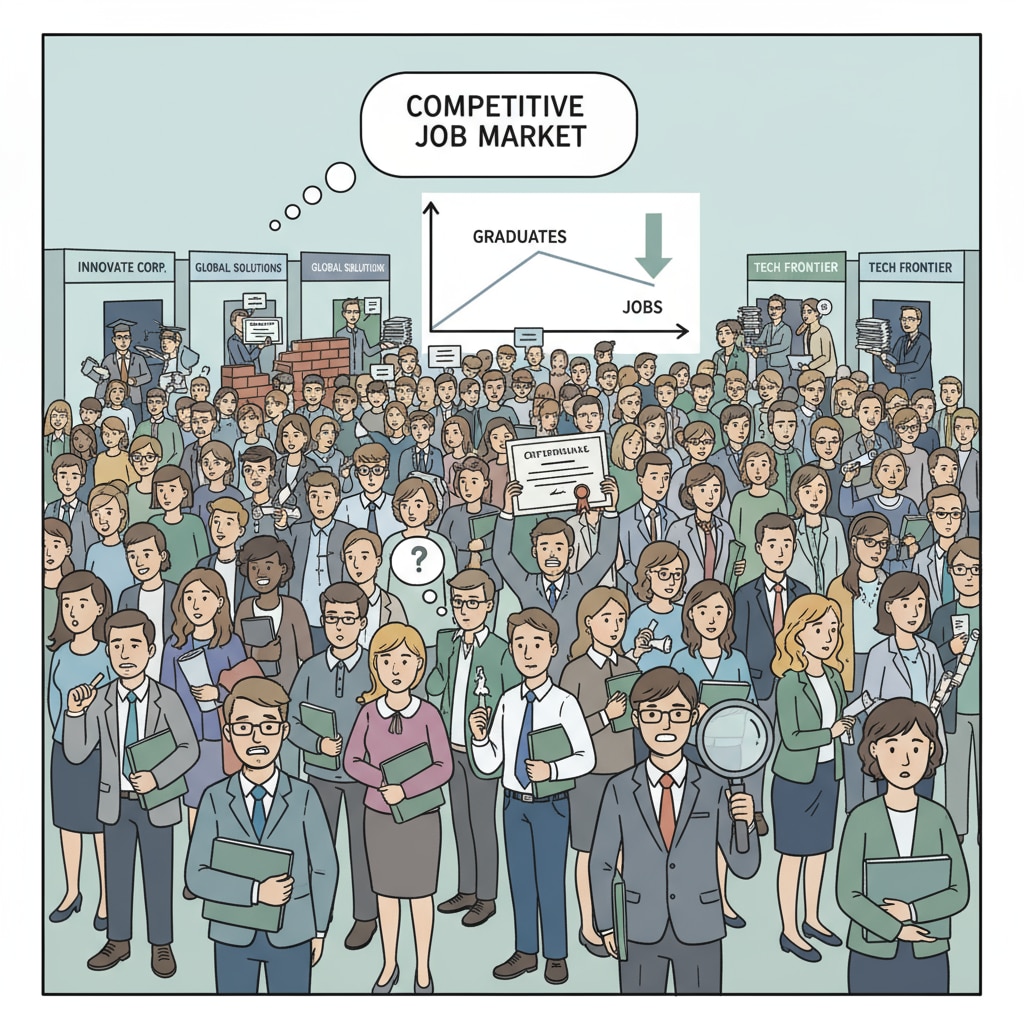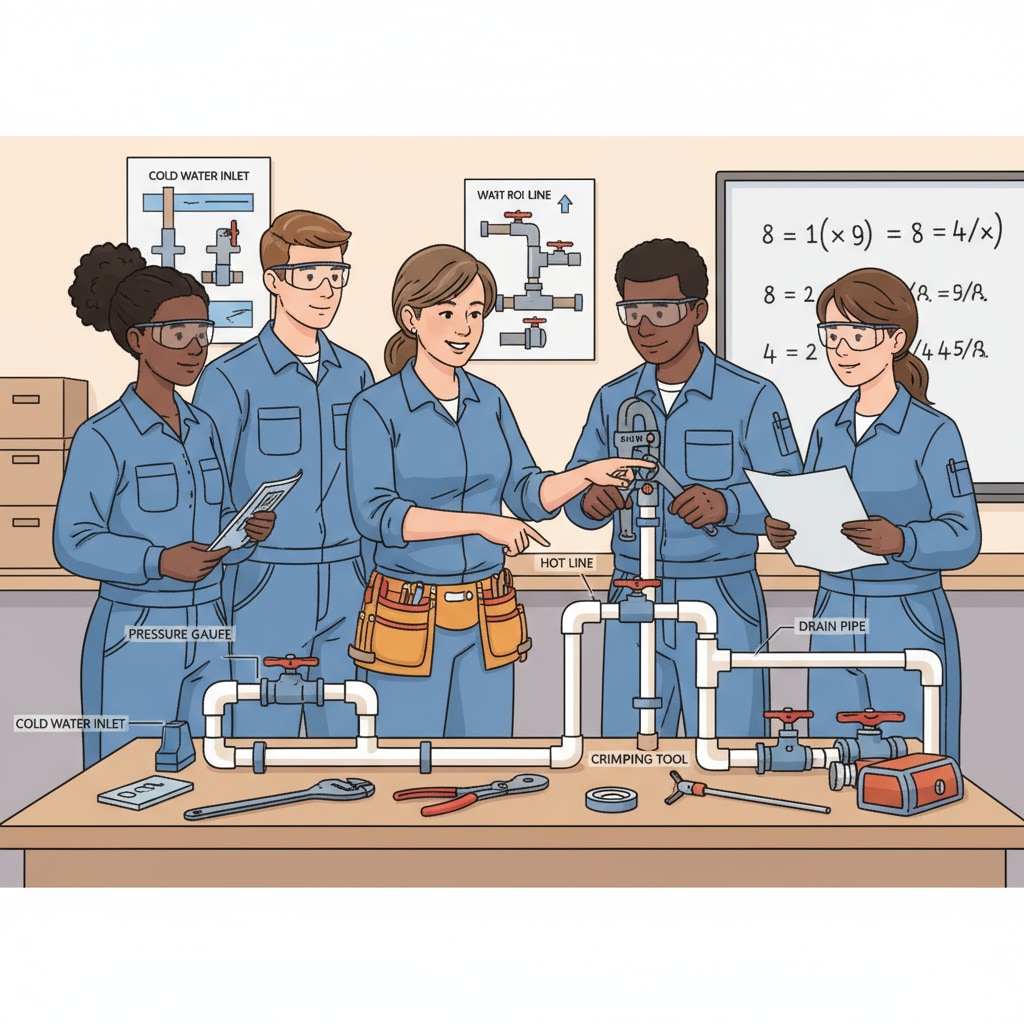For a long time, higher education has been regarded as the golden ticket to success, but in recent years, the concepts of higher education, return on investment, vocational education, and job mismatch have come under closer scrutiny. As we consider the best paths for children in K12 education, it’s essential to analyze these aspects.
The Traditional Higher Education Route
Historically, obtaining a college degree was seen as a surefire way to secure a well-paying job. Parents and educators often encouraged students to pursue higher education, believing it would guarantee a prosperous future. However, the reality has started to deviate from this perception. According to data from the National Center for Education Statistics, the number of college graduates has been increasing steadily, leading to a more competitive job market. This has raised questions about the true return on investment of a traditional college education.

The Rise of Vocational Education
On the other hand, vocational education is gaining more recognition. Vocational training focuses on equipping students with specific skills that are directly applicable to the job market. Fields such as plumbing, electrical work, and nursing are in high demand, and vocational programs can prepare students for these roles in a shorter time compared to a four-year college degree. As stated by Careeronestop, vocational education offers a viable alternative with a potentially higher return on investment in terms of time and cost.

One of the significant issues in higher education is job mismatch. Many college graduates find themselves in jobs that do not fully utilize their degrees. This not only wastes the time and money invested in education but also leads to dissatisfaction in the workplace. In contrast, vocational education programs are designed to ensure a closer match between skills learned and job requirements.
Readability guidance: The paragraphs above use short sentences and clear explanations. Transition words like ‘however’ and ‘on the other hand’ are used to connect ideas. Each section presents key points about the two education paths, and external links are provided for further information.


